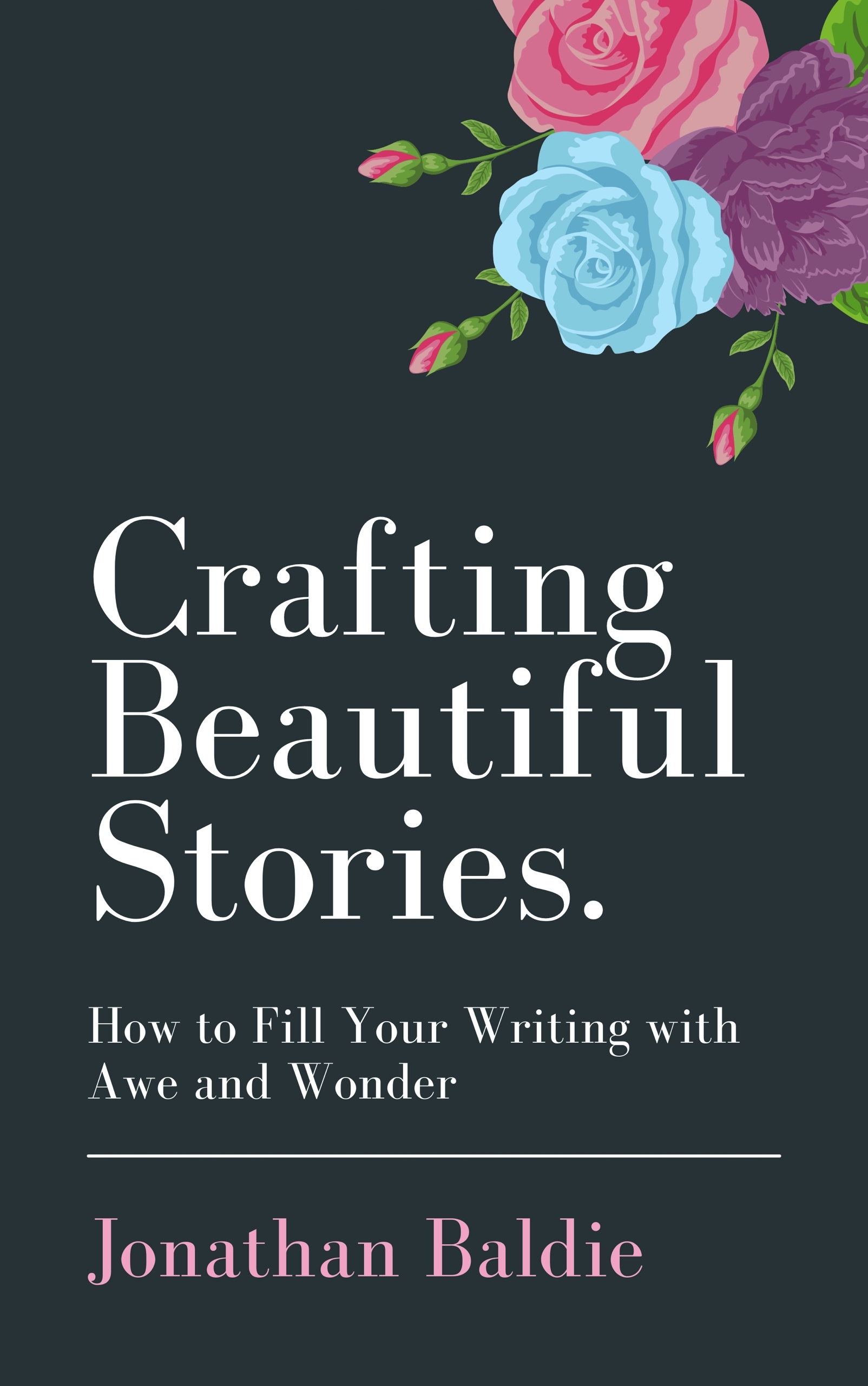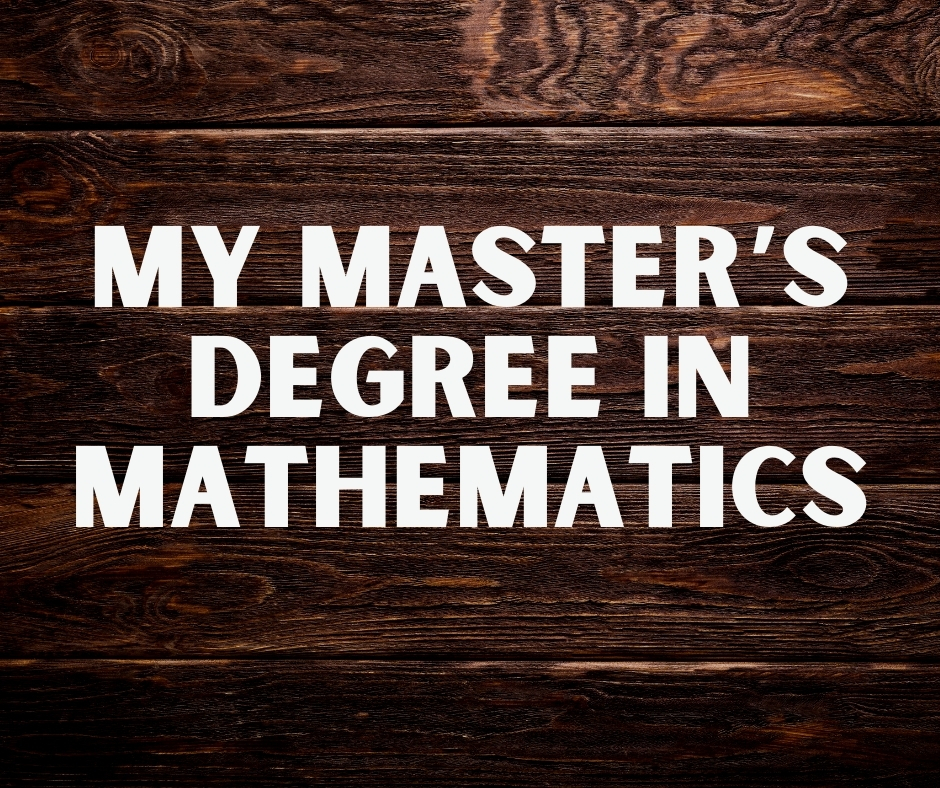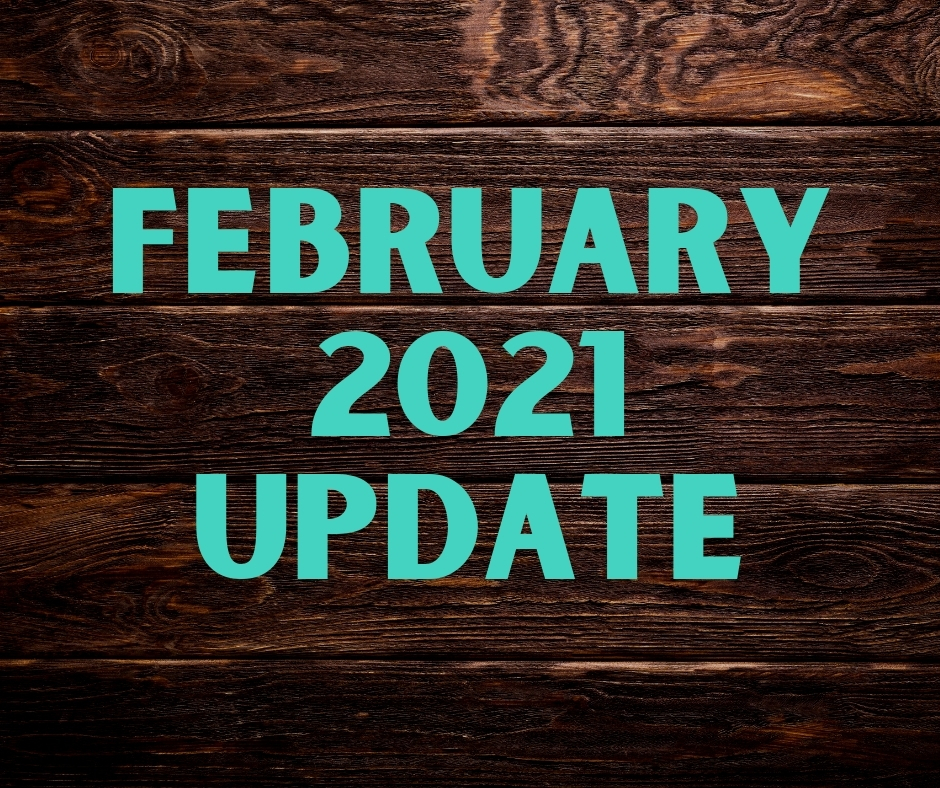Hey! Jon here. Just a heads-up that this post is over a year old and is therefore likely to be outdated.
Deconstructing My Top 5 Favourite Movies
15th March, 2019 Share on Twitter
So I thought it would be fun to go through some of my favourite movies and explain why I like them so much from a storytelling perspective.
My goal is to extract key writing lessons from these movies which you can take away and use in your own projects. Plus I just generally find it fun to discuss movies and what makes them great!
Table of Contents
You might be glad to hear that this list is going to be entirely Star Wars and MCU-free. That’s not because I don’t like them, it’s because I love them so much, and also because analyses of these films aren’t exactly scarce online nowadays—in fact there’s a veritable dilution of video essay channels all giving the same analysis on the same set of popular films.
I wanted to cover some films that don’t get as much attention, but still have long-term appeal due to their storytelling brilliance. People are often surprised when they hear that these are my favourite films, but I know what I like and I recognise a great story when I see it.
I believe that all great stories can be deconstructed down to their peaks and troughs of emotional resonance. These moments of emotion are the “pillars” upon which the story rests. Without them, the story just isn’t the same, no matter how similar the plot beats can be made.
This is a topic I covered in great detail in my book The 24 Laws of Storytelling, and is also covered in one of my favourite business books, Creativity, Inc. In this book, Pixar president Ed Catmull explains the story planning process behind great films such as Toy Story and Toy Story 2. Catmull’s colleague John Lasseter always prioritises these peaks of emotional resonance, and builds the rest of the story around them.
As I explained in my newsletter two weeks ago, these moments of peak emotional resonance are really what the film’s about. Woody can’t decide between an immortal life behind glass in a Japanese museum, or the risk of being shelved as Andy grows up and leaves him behind. Such strong emotional decisions are gold dust for stories.
As you’ll see as I go through this list, each film fulfils that requirement in some key way which I’ll clearly outline.

Movie #5: Point Break
This film is a buddy cop action movie starring Patrick Swayze and Keanu Reeves. It was made in 1991 and is often the butt of jokes about surfer movies and Keanu Reeves himself.
Point Break tells the story of an FBI agent, played by Keanu Reeves, tasked with infiltrating a gang of criminals, led by Patrick Swayze, who are planning a series of high-stakes bank robberies.
The reason I like this film so much is the friendship that grows between the two leads. Reeves’s character has to learn to surf, often failing, and you can feel the sense of accomplishment when he finally gets accepted by the gang.
He goes from being mistrusted to earning his place in Swayze’s gang, and the two men become great friends in spite of their obvious differences.
I’m made to completely understand both of these characters’ reasons for doing what they’re doing in the story. It’s the perfect example of both protagonist and antagonist being equally empathetic.
Key Takeaway: Make both your protagonist and antagonist equally empathetic. Make pains to really show the struggle between the two characters and give the audience a strong payoff. Your goal is build a partnership with deep emotional stakes.
By the way: Do not see the 2015 remake of this film. It is a lazy attempt to ride the coat-tails of this excellently well-told story, and did not remotely understand what made it so good.

Movie #4: Steve Jobs
The 2015 film Steve Jobs stars Michael Fassbender as the infamous Apple co-founder and CEO. It’s definitely a “talkie” and the entire movie is a series of three long-form conversations during the most important events in Jobs’ life and career.
Steve Jobs is a controversial character, known for his often bizarre lifestyle and his frequently cruel and dismissive treatment of his employees. But there’s no doubt he is a fascinating person to study, and this draws me into the film.
Each of the film’s three acts covers an emotionally resonant part of his career, interspersed with events connecting one act to the next chronologically. The acts condense long battles into single confrontations, perfectly capturing the emotions from the people on either side.
If you weren’t already aware, Steve Jobs was fired from Apple early in its history, and the pain that this caused Jobs is shown throughout the movie. Steve’s co-founder Steve Wozniak and long-suffering marketing executive Joanna Hoffman both get to share their intense frustrations throughout each act.
I’m normally an action-oriented kind of guy, but Steve Jobs always manages to mesmerise me with its intense performances and top-class confrontational dialogue. That, and the Apple product launches depicted in the film are really exciting and inspiring!
Key Takeaway: Good dialogue is more about what’s not said. Write confrontations that perfectly capture all of their motivations and pent-up frustrations. For more information on this I highly recommend the excellent book How to Write Dazzling Dialogue by James Scott Bell.

Movie #3: Security
Security is a 2017 action thriller starring Antonio Banderas as a former Marine Corps officer who, struggling to find work, stumbles into a job as a mall security guard.
This job quickly becomes more than he bargained for, as a girl connected to a high-profile criminal case seeks refuge in the mall, inviting a criminal gang led by Ben Kingsley to storm the mall.
What ensues can only be described as pure badassery. Antonio’s military training clearly pays off in spectacular fashion as he and the team of security guards fight off the criminal gang’s advances in creative ways.
This film had a poor reception, but I absolutely love it for its simplicity. It’s a straight-down-the-line action movie with great characters, no distractions, and a plot that moves relentlessly fast. What’s better than that?
Key Takeaway: You don’t always have to reinvent the wheel. A simple three-act story that moves relentlessly forward can do the job just fine. Don’t overcomplicate things with too many intricate side-plots or needless world-building. Put that spare energy into creating likeable characters with the skills to get themselves out of difficult situations.

Movie #2: Blade Runner 2049
Blade Runner 2049 was the long-awaited sequel to the 1982 film Blade Runner. In this film, Ryan Gosling plays K, a blade runner hired to “retire” rogue replicants. Replicants are artificial humans in the film’s universe, created by large corporations to carry out physical labour.
This is a very long film that moves at a slow yet deliberate pace. When it first came out, people often complained that it was “boring” and lacked much action. Thankfully, many people disagree with that and see the film for its brilliantly rich story, full of tension that grows right through to the ending
Blade Runner 2049 is not an action film. It is a crime mystery that unfolds gradually. Each scene brings a new revelation that hints at the story’s true ending. The case that K investigates draws you in, and K’s own personal investment in the case becomes clearer as the story develops.
The movie pays a lot of respect to its audience. You only ever know as much as K does, and there’s never any exposition-heavy scenes. This film is a perfect case study in the eternal storytelling axiom Show, Don’t Tell.
On top of that, the cinematography is stunning and finally won Roger Deakins his well-earned Oscar. This film is a veritable treat for the eyes.
Key Takeaway: When you hear the storytelling advice that every scene must move the plot forward, that doesn’t necessarily mean it has to move at a literally fast pace. Some genres, particularly crime mystery, benefit from a gradual burn that sees the tension build up to an unbearable level by the story’s ending. Stories like this are like a long enjoyable dinner with fascinating conversation, instead of a quick yet unsatisfying fast food meal.

Movie #1: The Lord of the Rings: The Two Towers
The Lord of the Rings: The Two Towers is the top entry on this list and my all-time favourite movie. The films in Peter Jackson’s trilogy are rampant Oscar-winners and often place highly on people’s lists of favourite movies. But they more often mention Fellowship or Return of the King than the middle entry, so I’ll explain why I prefer this one to the other two.
Don’t get me wrong, I love Fellowship. It is a brilliant story of a humble yet brave hero’s awakening, with all the right emotional beats. I also like Return of the King for bringing the trilogy to an end in a satisfying manner. But for me, The Two Towers will always remain my favourite.
As I said previously, I’ve discussed the concept of writing your story from the middle and how that method can bring immense rewards. The middle of any great story, whether it’s a moment of crisis for the hero or one of intense self-realisation, is really what the story’s about.
The Two Towers, being the middle entry of a trilogy, fits this role in much the same manner as Empire did for the Star Wars trilogy. It’s the story where everything seems to go wrong for the heroes. They lose Merry and Pippin, they find Rohan plagued by a possessed king, and when they reach Helm’s Deep they learn that 10,000 powerful Uruk-hai are on their way to kill every last man, woman, and child.
But no matter how tough the odds, the team of Aragorn, Legolas, and Gimli fight on. Gandalf’s return as the White Wizard and his purging of Saruman from Rohan are both scenes that have that heavy emotional resonance I’m always talking about. Seeing Theoden wake up to his niece’s face full of love and relief always gets me!
The Battle of Helm’s Deep is one of the most epic, inspiring, against-the-odds battle scenes in movie history. We all know that. But it also represents everything that the trilogy is about: fighting heroically against a gigantic, evil force that threatens to swallow up the world in the name of power.
The battle is an opportunity for the heroes to show their best qualities, by showing the audience that they choose to fight on and stand against evil, no matter how one-sided it might seem at the outset—and showing that kind of character path choice is always the sign of a master storyteller.
Key Takeaway: Think deeply about what your story is really about. Is it about triumphing in the face of evil? Or learning to trust your friends? Whatever it is, you need to capture the essence of that theme and place it throughout your story, particularly in the middle. This is the best way to structure your story.
+++
I hope you enjoyed this list. There are many other films that I love that didn’t make the list, but I feel like I chose the ones that best represent the storytelling principles I’m always talking about!
Leave a comment below with your thoughts, and list your favourite movies!
Please check out The 24 Laws of Storytelling, my book that explores the principles that make some books and movies great and explains why others fail. By reading my book, you’ll gain the same strategies used by master storytellers such as Stephen King, Christopher Nolan, Fyodor Dostoyevsky, and many more. Pick up your copy today.




